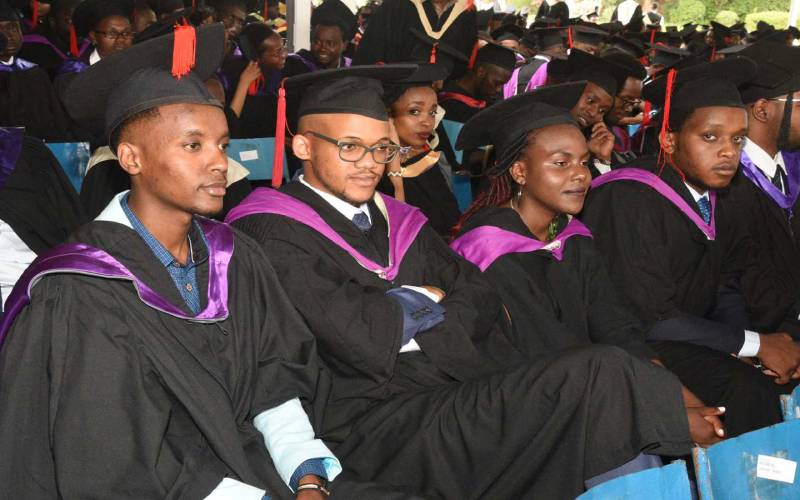×
The Standard e-Paper
Join Thousands Daily

University of Nairobi graduates during the varsity's 62nd graduation ceremony in Nairobi today. [Courtesy, UoN]
Many universities have, over time, seemingly chosen to end the year churning out their pride, going by the number of graduation ceremonies that are conducted in December.